THESIS WORK features the work emerging from the newly restructured Waterloo Masters of Architecture program which began in the fall term with Thesis Research and Design studios and seminars. The featured work has been selected by the TR+D1 faculty team of Lola Sheppard, Mona El Khafif and Matthew Spremulli.
Over the course of the TR+D1 studio, graduate students developed their individual research topics in preparation for a thesis in architecture. The intention is to establish a theoretical, historical and intellectual framework through a diversity of representational modes; mapping, diagramming, photo essays, writing, which will serve as the foundation for a graduate thesis to be pursued over forthcoming academic terms.
HOUSE (CRAFT): Mobile Housing for a New Generation
TR+D1 Studio Mutant Systems: Environmental Infiltrations, Interfaces, and Inventions led by Matthew Spremulli
Abstract by Kate Jackson
Mobility is integral to the city. It provides a distribution system for goods and people. Yet, we only accept mobility as a form of transportation and not as a way of living. We can take our car with us from city to city, but we cannot take our house. The goal of my thesis is to challenge this notion and bring mobility back into the way we live. Could an “urban trailer-park” provide an affordable and attractive ownership model for young professionals?
The current housing market is out of reach for first time home buyers. Beyond the price tag, it is not well suited to a millennial lifestyle. The design, aggregation and mobility of dwellings is a reflection of the cultural circumstances in which they are built. The suburbs were built for a different generation. The last generation was financially able to commute, and was willing to sacrifice time in order to afford greater luxuries. The millennials face a different cultural context. Millennials would rather live smaller and more economically in order to live closer to where they work, study, and play. Also, the desire to remain in a viable job market or to advance their education requires millennials to relocate frequently. Therefore, the investment in a static house is further delayed due to the requirement to “settle down”. According to a survey by Fanny-Mae, 90% of millennials still do aspire to own a house.
Millennials would rather relocate than commute and herein lies an opportunity. Due to the shifting needs of millennials a small, urban, mobile dwelling could allow better access to home ownership. Micro houses could slowly take over unoccupied territories such as those which were previously occupied by the cars of the commuter generation. Surface parking lots could be transformed to create house parking lots resulting in a denser and more vibrant urban fabric.
Municipal laws do not currently allow for this type of dwelling to exist. From their introduction, prefabricated mobile dwellings have been considered a blight due to their relationship to poverty. City zoning officials have relegated them to the edge of the city through exclusionary zoning laws. An increasing number of urban squatters in mobile “tiny houses” are putting pressure on these laws. These early adapters represent a growing desire for a new housing typology and relationship to the city.
My thesis will explore the opportunities provided by this method of ownership and mobility. Individual units could become highly tuned to the person(s) occupying them – morphing each unit into an indispensable platform from which users occupy a city. This new concept of home would allow an increasingly mobile population to re-situate with ease – finally reconstituting home within our wandering lifestyle.
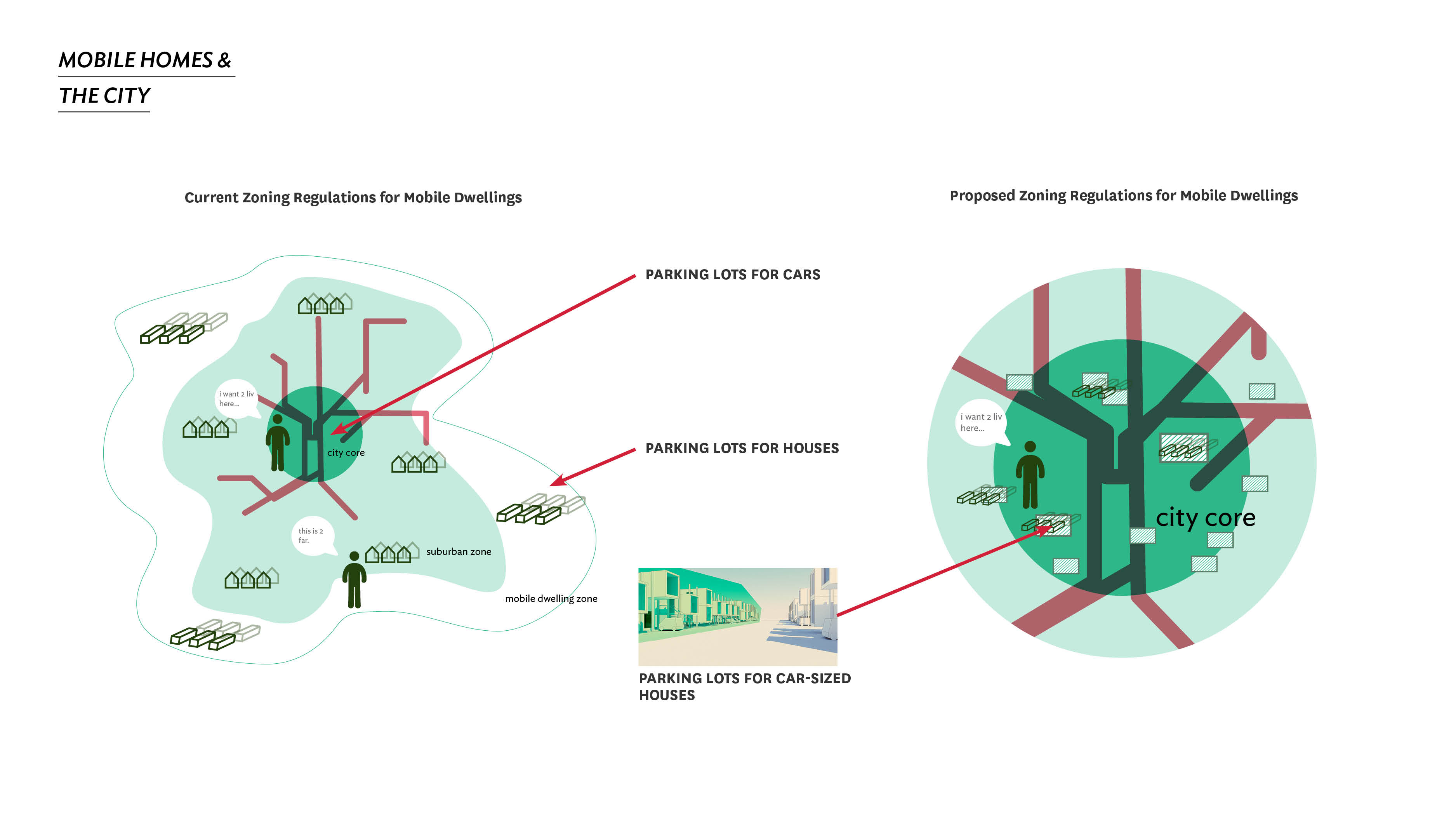
Design Description:
As a means to briefly test my design ideas, I selected Winnipeg as a site. Winnipeg’s tendency to sprawl outward has left it with an urban core that is perforated by surface parking lots. These underutilized spaces could better serve the city if they possessed more functionality. Perhaps they could act as both parking lot and neighbourhood or neighbourhood and market.
At the scale of an individual unit, I began to study the requirements for a minimal dwelling space designed for millennials. In order to produce a feasible design it is critical to understand how millennials live and socialize within a space. Socialization is critical to millennials as they often delay family life instead depending on friends as a social support network. A multi-functional living room reconfigures to be an eating space, a living room, or a desk, allowing the user to entertain, work, or eat.
The windows of the dwelling act as both window and media screen. Digital devices integrate into the unit, becoming one of the ways in which the user engages with the house.
The unit I have proposed is “relocatable” rather than strictly mobile. I estimate that one’s occupation in any one of these neighbourhoods would last between one and three years. Therefore removing the added expense and restrictions of making a unit which is completely mobile. Instead, the units are delivered to site and placed into their foundation.
I examined three specific parking lots within Winnipeg. In my analysis I considered the traffic flow and density, the amount of parking in the area, and the amount of crime. These variables affected the particular outcome of each site which used a different foundation and orientation to change the outcome of each specific neighbourhood.
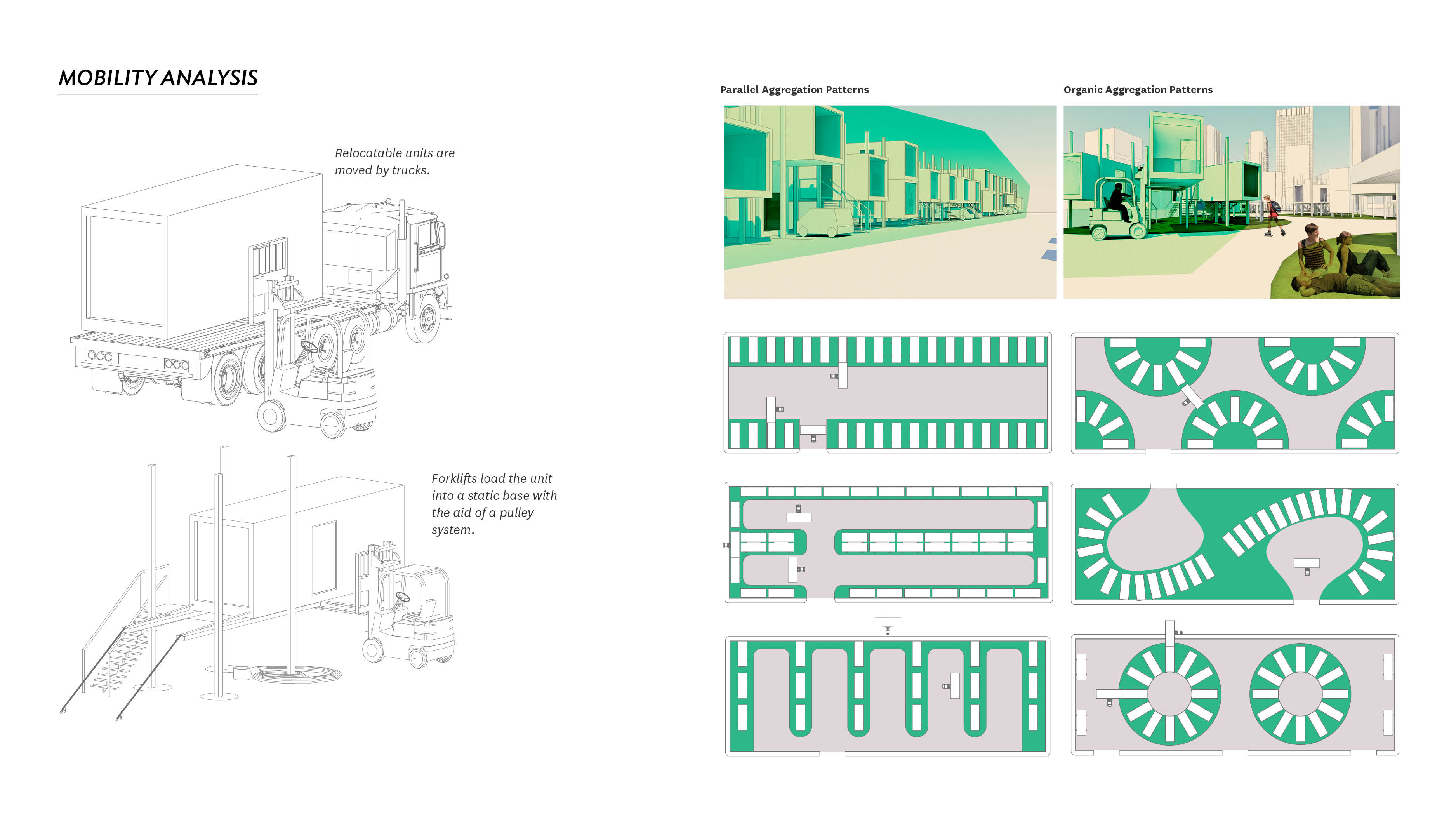
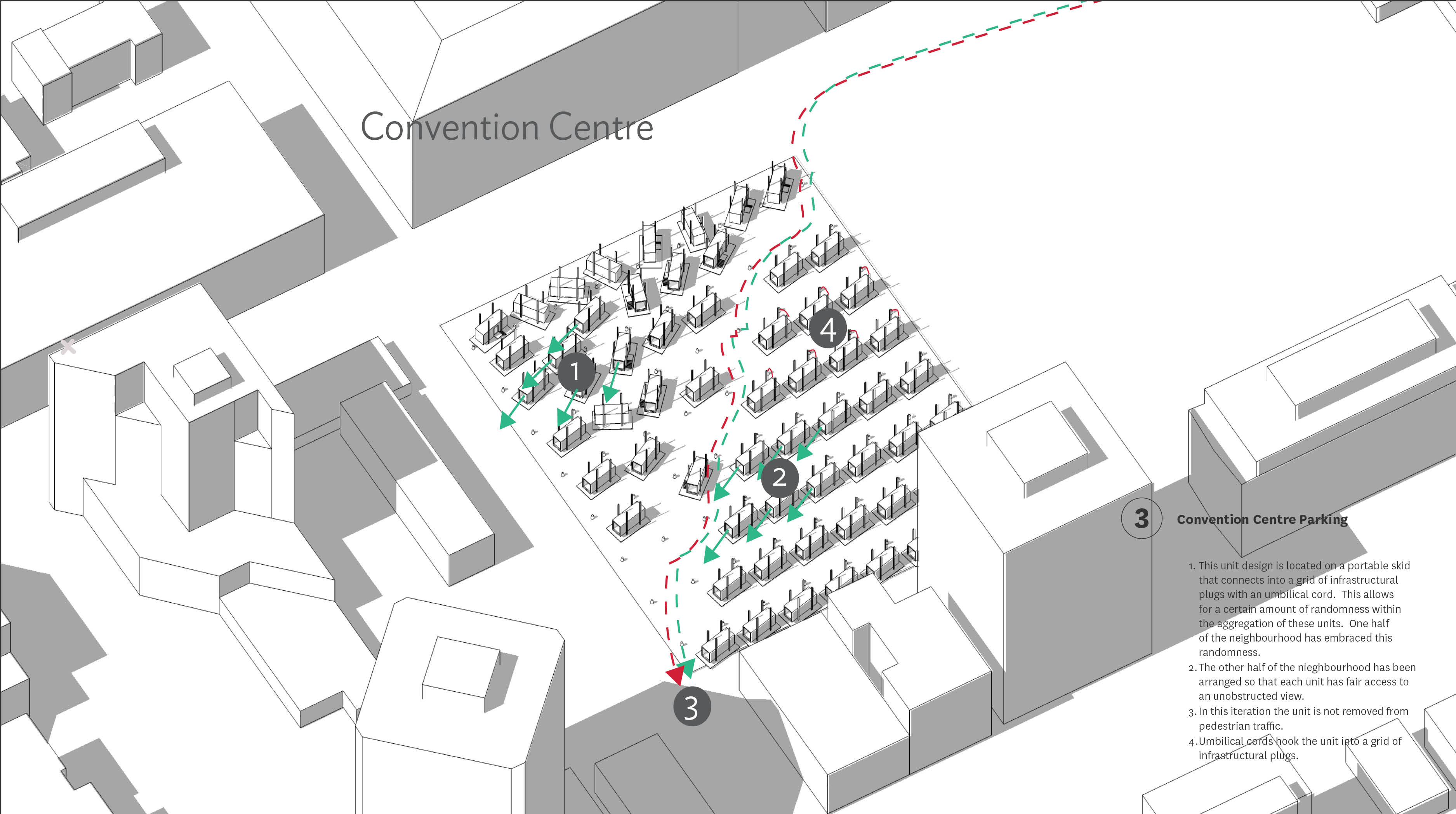
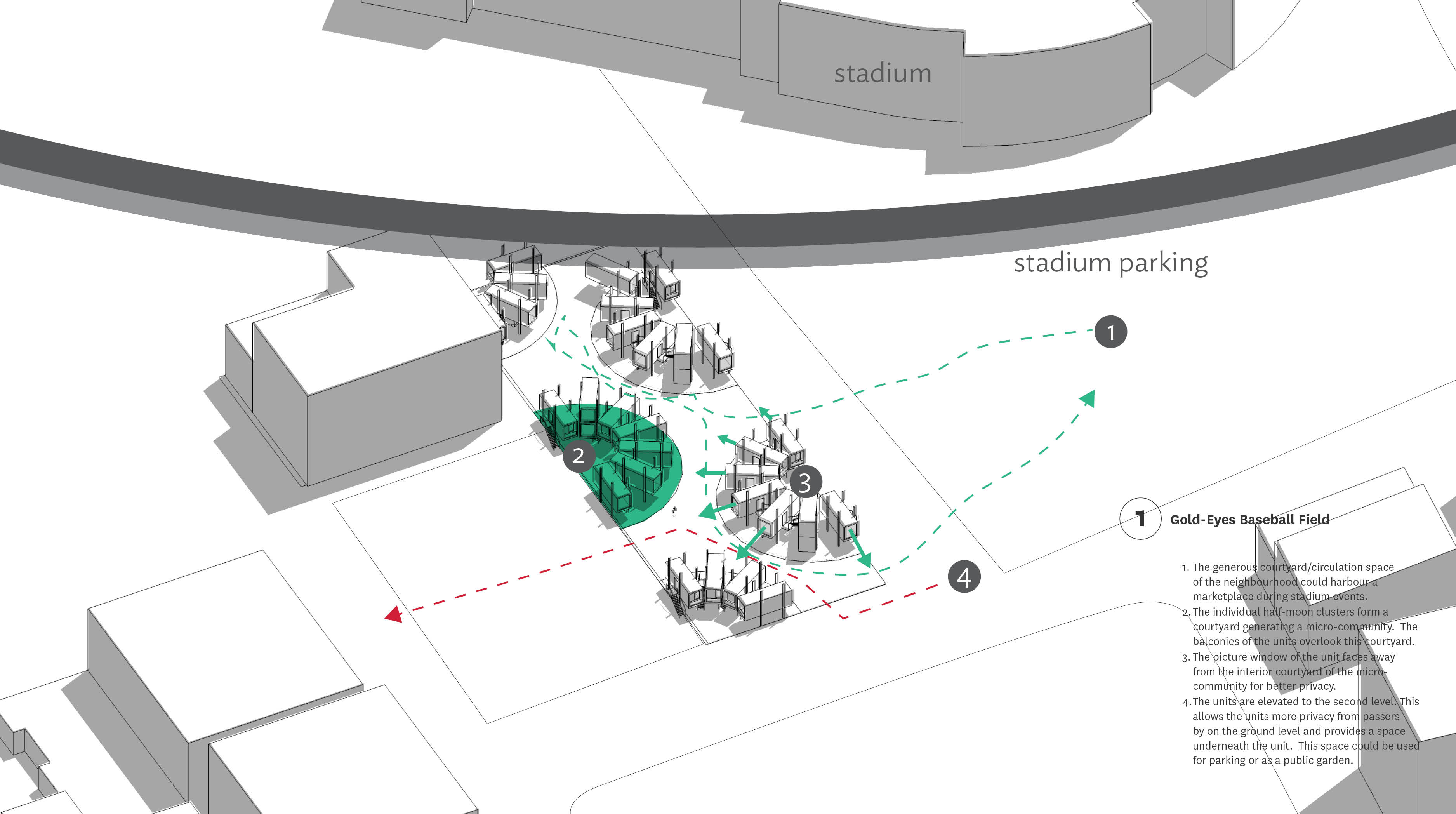
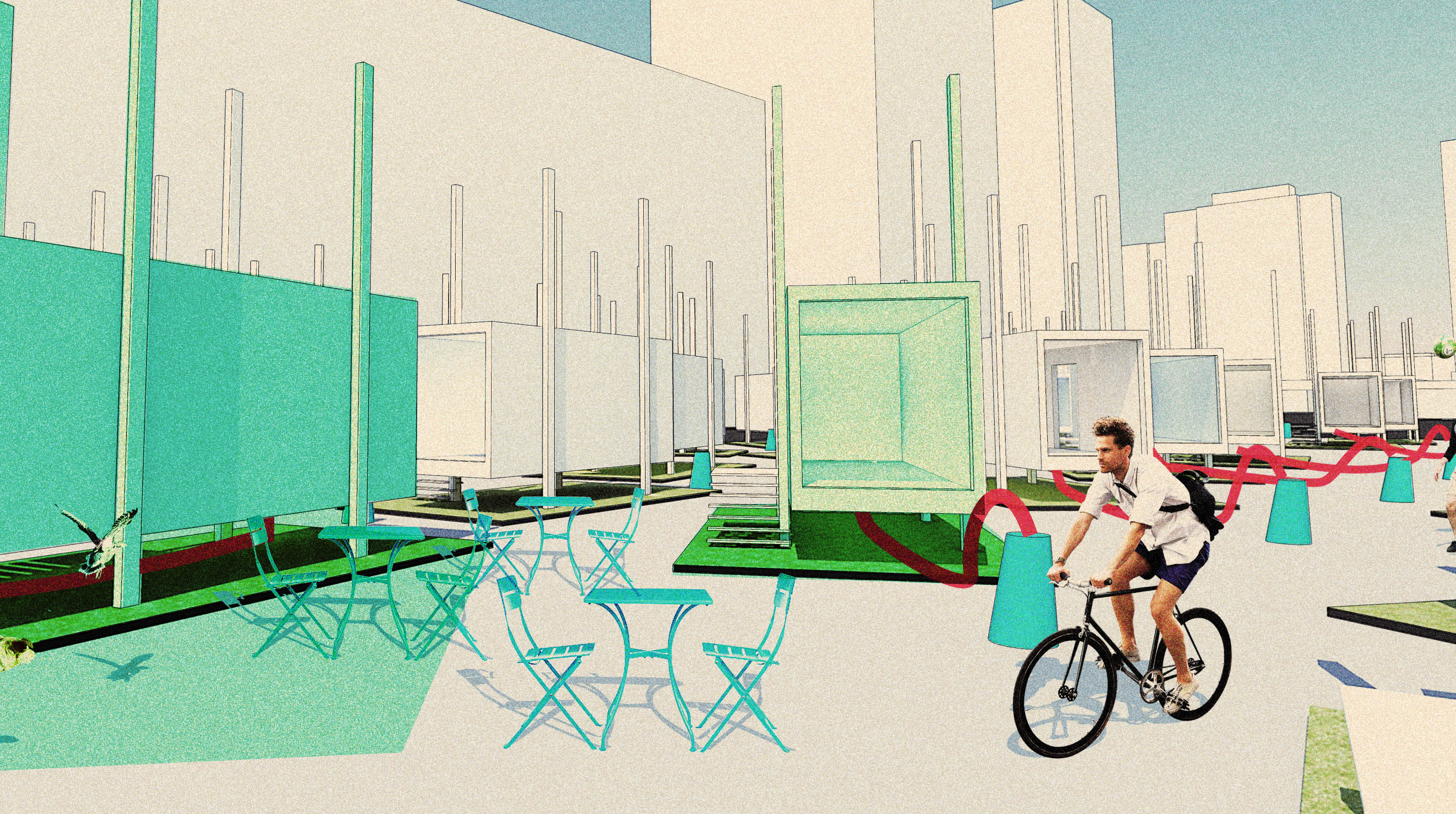
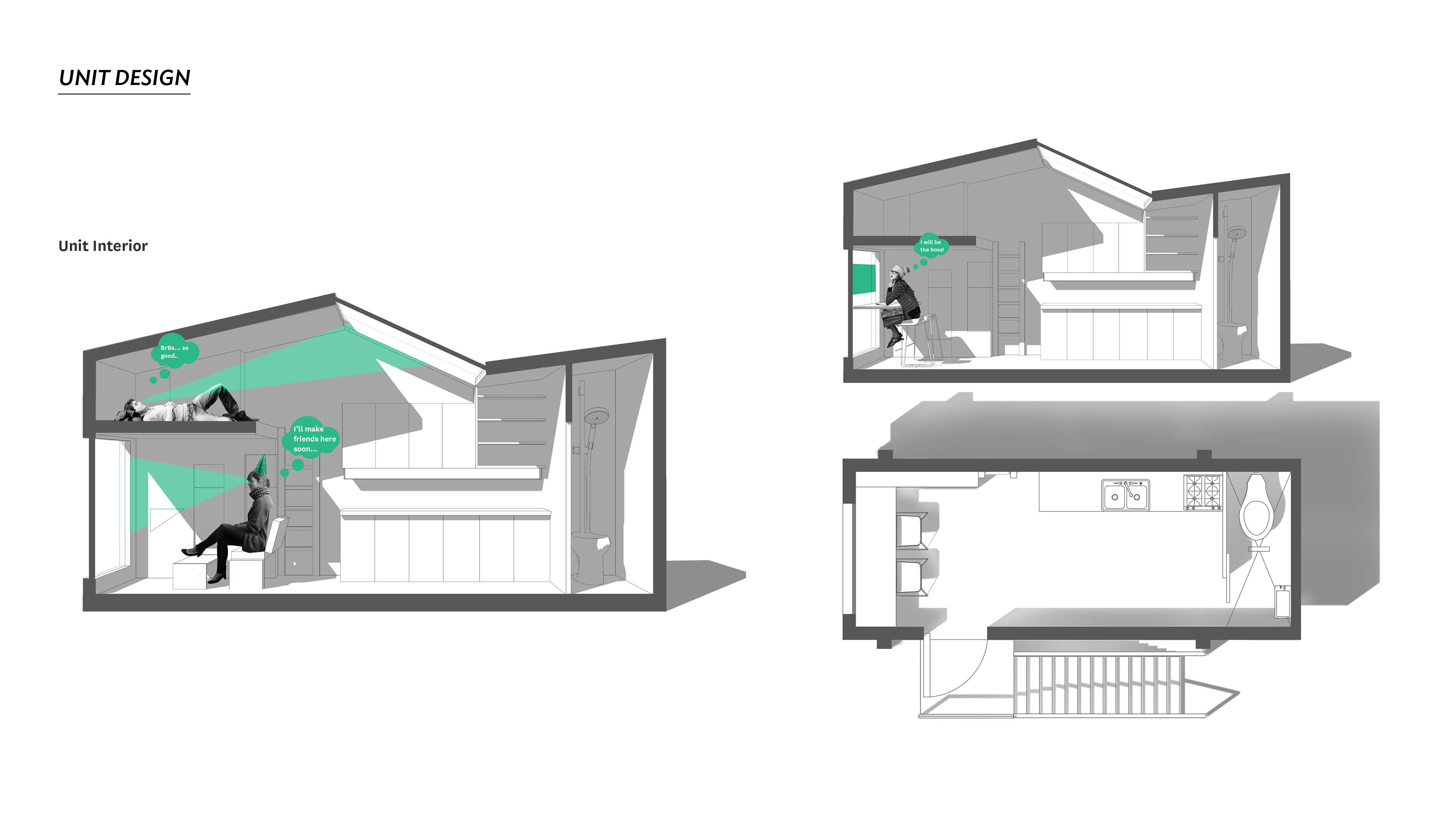
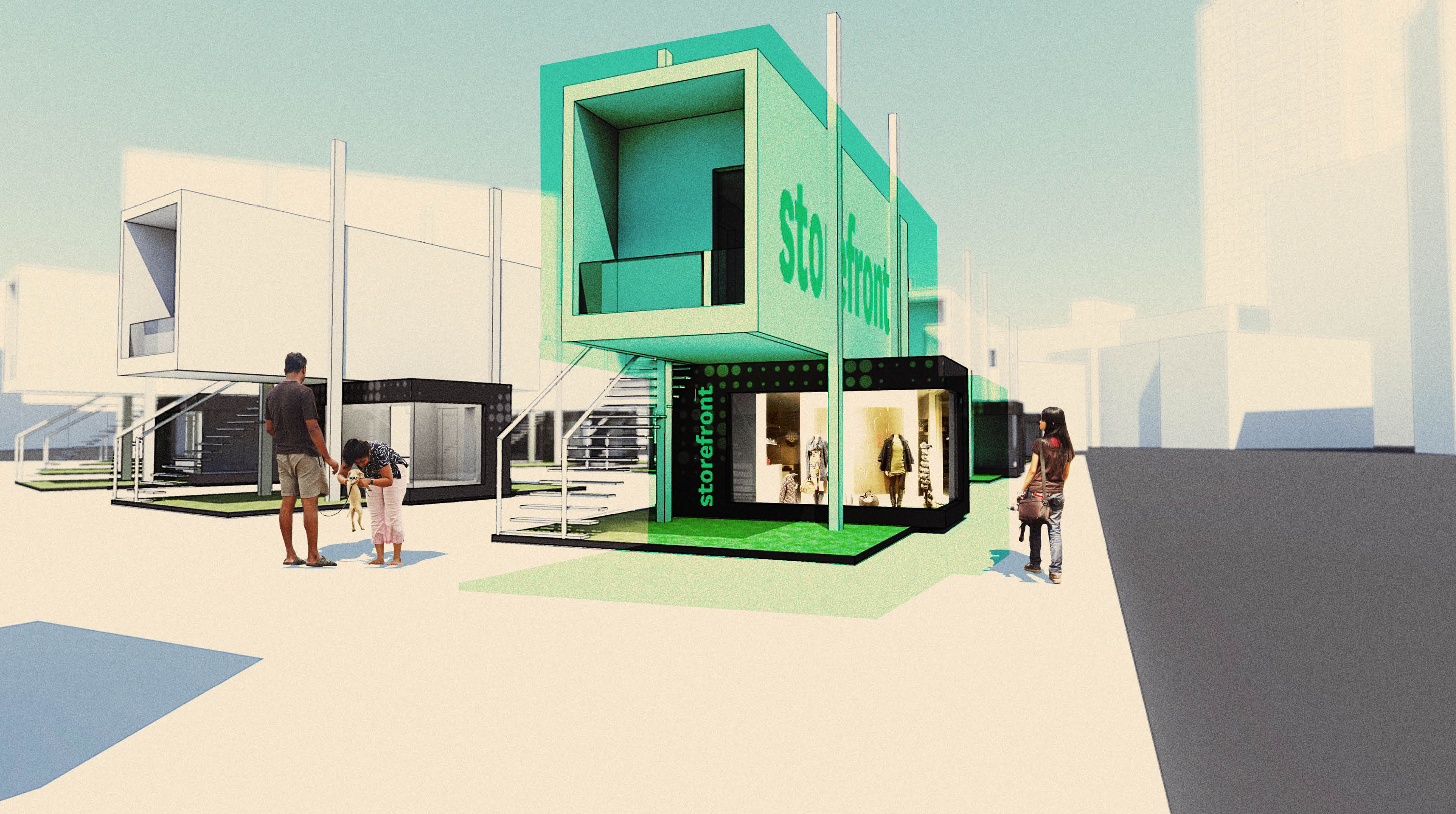


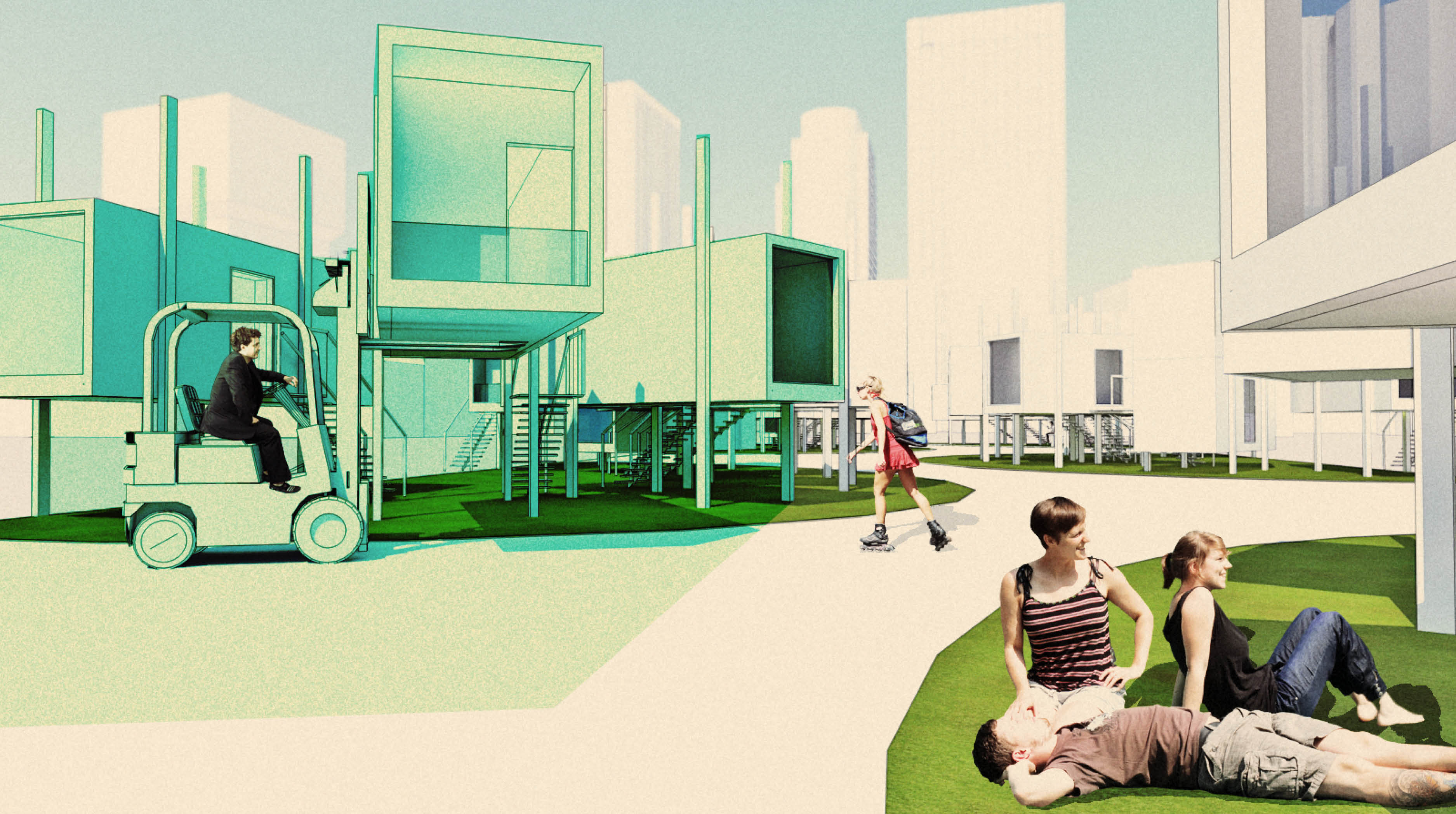
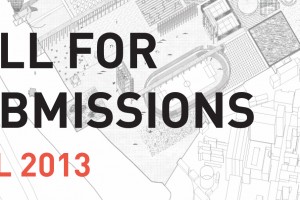

Leave a Reply